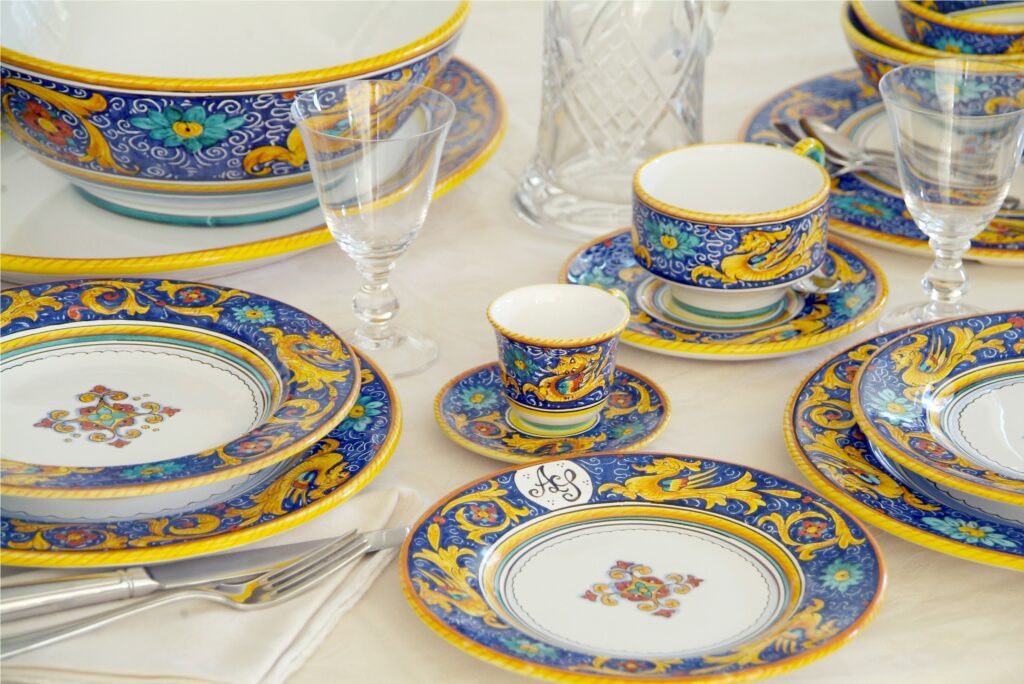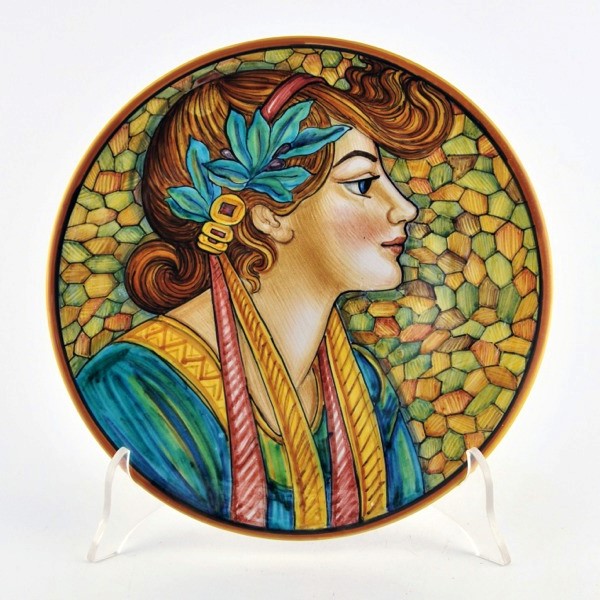Pandoro, a name closely associated with Italian Christmas traditions, is a beloved dessert that has won the hearts of millions around the world. Its unique shape, rich buttery flavor, and fine texture make it a quintessential holiday treat in Italy.
Deeply rooted in Italy’s cultural and festive traditions, Pandoro is strongly linked to craftsmanship, often paired with hand-painted Italian ceramic cake platters. Together, they represent centuries of tradition.
Just as the Pandoro recipe has been perfected over generations, Italian ceramic cake platters are frequently passed down through families, becoming heirlooms that connect generations through their shared enjoyment of Christmas and family celebrations.
The history of Pandoro is not just about its delicious taste but also about the cultural and historical context that gave birth to one of the most iconic pastries in the world.
The Origins of Pandoro
The origins of Pandoro can be traced back to Verona, a city in northern Italy. Verona has a long history of baking traditions, and it is here that the story of Pandoro begins. The name “pandoro” itself is quite revealing; “pan” means “bread” in Italian, while “oro” translates to “gold.” This golden bread reflects the rich, luxurious nature of the dessert.
Continue reading →

















